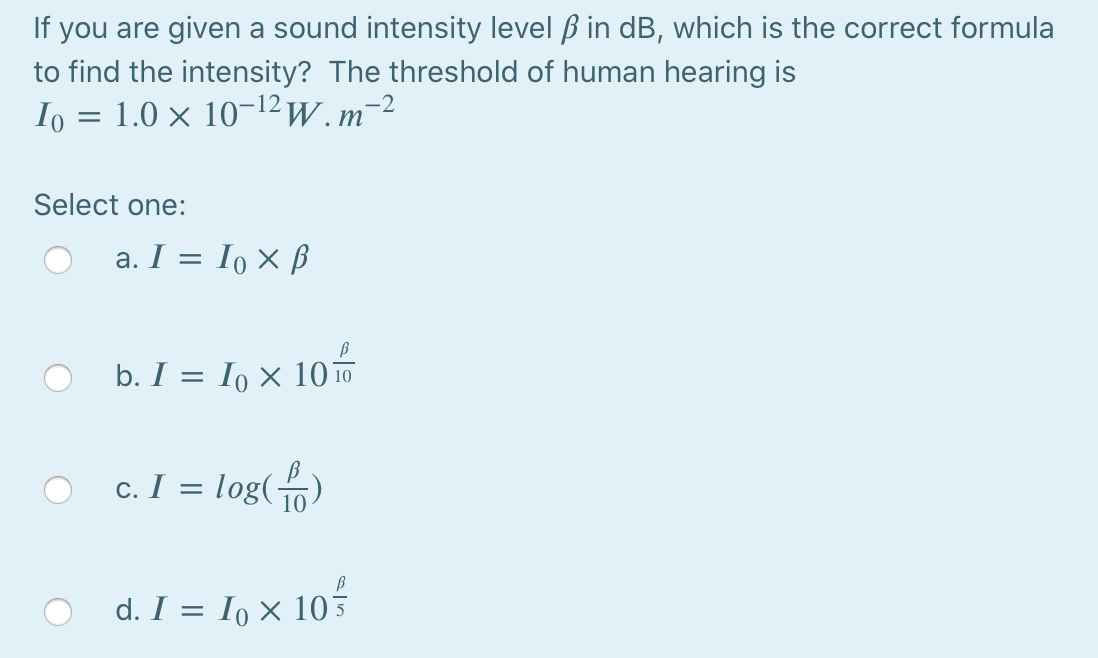
The pressure wave has wave length, also called frequency, which measures length of the wave. The pressure wave has amplitude that measures height and reflects how loud a sound is. It travels in all directions from the source. In terms of listening under water, what we mainly hear is noise – a jumbled mess of sounds with no repeating pattern or clear pure notes. Our ears detect this as a less pleasant sensation and often try to screen it out. The trace on the graph is bumpy and random. Noise is produced when the notes aren’t pure. Harmonics are the basis of all musical instruments and result from overlaying pure notes. When we combine pure notes, we can create harmonics. Tuning forks produce a pure sound, one note (a single frequency) and a very smooth line on a graph. When the sound waves form a single sine-shaped wave on a graph, we hear the sound as a pure note.

It can refer to any unwanted sound but is more correctly used to describe sound that isn’t rhythmic or pure. (Sound travels at a speed of 343 meters per second in air or 1,484 meters per second in water.) Humans can normally hear sounds between 20Hz and 20,000Hz (20kHz). It is also the same as the number of vibrations per second the particles are making as they transmit the sound.Ī sound of 10Hz means that 10 waves would pass a fixed point in 1 second. For sound, this means the number of pressure waves per second that would move past a fixed point. An extreme example is the low-pitch calls made by humpback whales, which can have up to 100 metres between the pressure peaks of their sound waves.įrequency is measured in hertz (Hz). Low-frequency sounds have a greater distance between each wave. For sounds all traveling at the same speed, high-frequency (high-pitched) sounds have waves very close together. The distance between one wave and the next gives the wavelength. Pitch relates to the frequency, or how many times a second the particles vibrate. (To convert from a decibel reading in air to a decibel reading in water, you should add 61.5dB.) This means that you cannot directly convert decibel levels from air to water. Water is much more dense than air, so the standard pressure is different. They relate the intensity of a pressure wave to a normal or standard pressure.įor the human ear in air, the quietest noises we hear are around 10dB whereas sounds of 130dB are considered painful. This is actually a measure of intensity, which relates to how much energy the pressure wave has. Loudness of sound is measured in decibels (dB).

When you show sound waves on a graph, the amplitude is the height of the waves from their middle position and reflects how loud the waves are. This is also related to the maximum distance particles are moved from their normal position as they vibrate, much like how tall the ripples are in the pool mentioned before. Volume (also called loudness) relates to the maximum pressure produced as particles are squeezed together as they are made to vibrate. We describe the sounds that we hear using several different terms and measure them in different ways. It is these changes in pressure that can be detected by organs such as the human ear and are sensed as sound.

Pressure increases when particles are squeezed together and reduces when they move apart. These changes in particle spacing are also changes in pressure. Similar to water ripples, pressure waves move outwards from the sound source. The effect is very much like dropping a stone into a pool of water and causing a ripple pattern (sound waves) extending outwards from the original source (your clapping hands). The particles close to your hands are pushed outwards and bump into neighboring particles, and these then move and bump into more particles. This effect ripples out and away from your hands as a small group of sound waves. When you clap your hands, you force air particles together and then apart. The particles vibrate back and forth in the direction that the wave travels but do not get carried along with the wave. Sound is a pressure wave caused when something vibrates, making particles bump into each other and then apart. Logarithms are used to compute sound intensity and decibel level The Decibel Scale and Using Logarithms to measure Sound Intensity


 0 kommentar(er)
0 kommentar(er)
